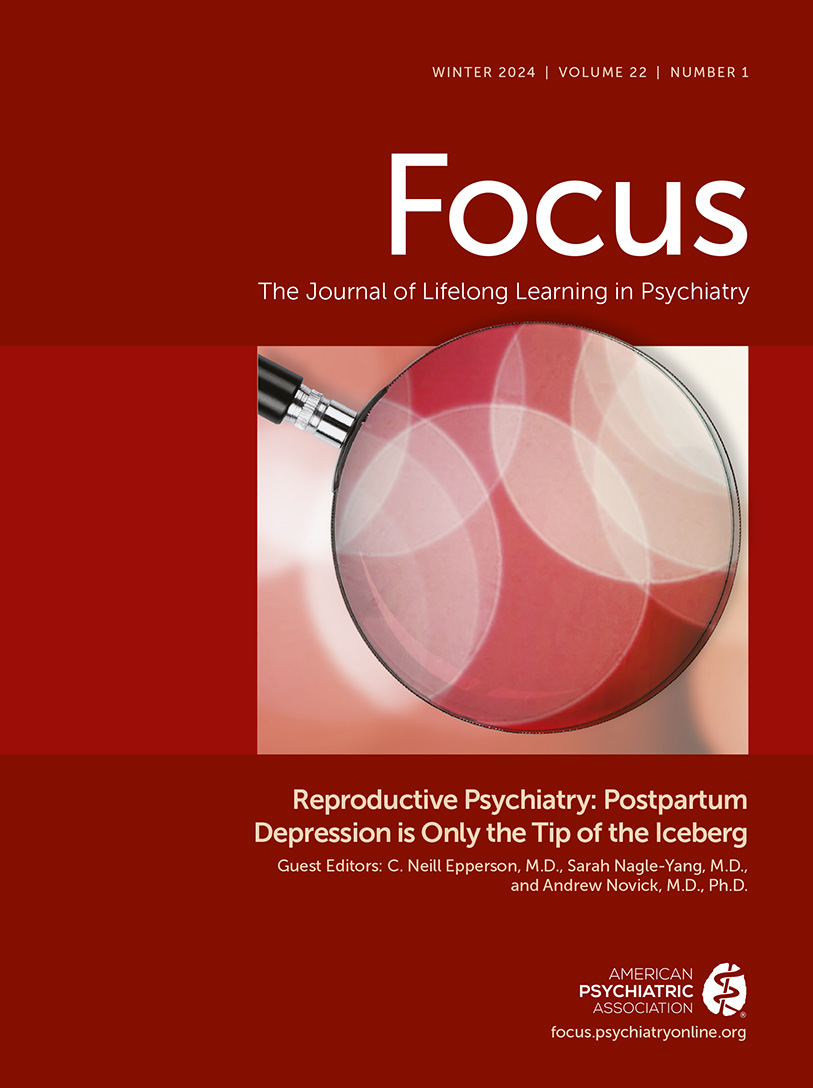Bridging the Gap: Integrating Awareness of Polycystic Ovary Syndrome Into Mental Health Practice
Abstract
Polycystic ovary syndrome (PCOS) is the most common endocrine disorder among women of reproductive age. Individuals with PCOS report reduced quality of life compared with those without PCOS, with possible contributing factors including infertility, hirsutism, irregular menses, and weight gain. Recent literature also supports increased associations between PCOS and co-occurring psychiatric conditions, particularly depression, anxiety, bipolar disorder, and eating disorders. It is concerning that a higher prevalence of suicidal ideation has been observed in individuals with PCOS. Given the high rates of psychiatric burden among those with PCOS, psychiatric care providers are well suited to be on the front lines of screening for psychiatric symptoms as well as initiating treatment. Current interventions include lifestyle changes (improving exercise and nutrition), pharmacological treatments (e.g., insulin-sensitizing agents, oral contraceptives, and psychotropic drugs), and psychotherapeutic interventions (e.g., cognitive-behavioral therapy and mindfulness-based therapy). This review provides an overview of recent research on the prevalence of comorbid psychiatric conditions, a foundation in PCOS-specific symptom screening and diagnosis, and an overview of treatments for psychiatric symptoms among individuals with PCOS.
Access content
To read the fulltext, please use one of the options below to sign in or purchase access.- Personal login
- Institutional Login
- Sign in via OpenAthens
- Register for access
-
Please login/register if you wish to pair your device and check access availability.
Not a subscriber?
PsychiatryOnline subscription options offer access to the DSM-5 library, books, journals, CME, and patient resources. This all-in-one virtual library provides psychiatrists and mental health professionals with key resources for diagnosis, treatment, research, and professional development.
Need more help? PsychiatryOnline Customer Service may be reached by emailing [email protected] or by calling 800-368-5777 (in the U.S.) or 703-907-7322 (outside the U.S.).



